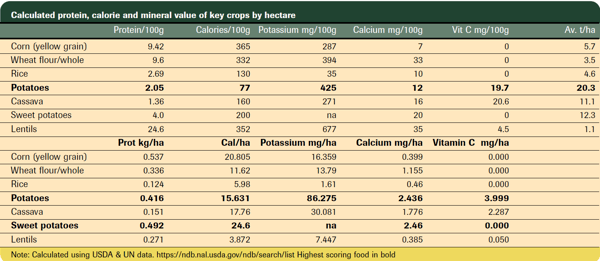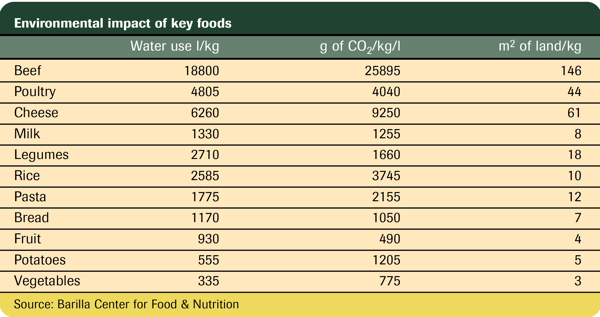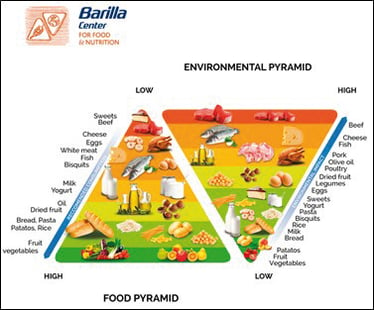
World leaders recently gathered in Glasgow, Scotland for the COP26 climate change conference – COP stands for Conference of the Parties and the event was the 26th meeting. The event is attended by countries who have signed the United Nations Framework Convention on Climate Change, which was introduced in 1994 and aims to keep average global temperature rise to at or below 1.5C above pre-industrial levels – the current level is 1.1C higher.
COP26 saw more than 100 countries commit to end and reverse deforestation by 2030. The group accounts for more than 85% of the world’s forests and includes Brazil, Indonesia, China, the Democratic Republic of Congo and the US. The commitment is backed by US19.2 billion of public and private funding, although that works out at only US$56 per hectare. There have also been commitments by 28 countries to stop the trade in food and agricultural goods that have contributed to deforestation and major financial companies have pledged to stop investment in activities linked to deforestation. The commitment to stop deforestation increases the pressure to produce more food from existing farmland or land that can be brought back into production without causing environmental damage. Potatoes play a major role in helping feed the world while using less resources, including land.
Nutritional value per hectare or acre is a key calculation
The USDA says potatoes have 2.05g of protein per 100g. The UN FAOSTAT average global potato yield for 2017 is 20.33 tonnes/hectare, which delivers 417kg/hectare of protein. The USDA calculates that the protein content of long-grain white rice is 2.69g/100g. That would deliver 115.9Kg of protein per hectare, according to EAT Forum’s average yield of 4.3t/ha. The latest average global rice yield is 4.5t/ha, according to the UN FAOSTAT, which would deliver 124kg of protein. The USDA also states that 100g of potatoes delivers 77 calories/100g, while rice delivers 130 calories/100g. On an area basis that equals 15.6 million calories per hectare for potatoes and 5.98 million calories per hectare for rice. Potatoes score well on a protein basis when compared with a selection of grains and a pulse, with only sweet potatoes and corn scoring higher. Corn and sweet potatoes also score higher on a calories/hectare basis. Potatoes also have a significantly higher potassium content than any of the other foods and a much higher Vitamin C content. The calcium content of sweet potatoes is a little higher than potatoes.
Eat more pulses
People have been urged to eat a lot more pulses to improve their diets and protect the environment. It is true that on a kilogram basis a pulse such as lentils delivers a lot more protein and is high in calories, potassium and calcium compared to grains and tubers, but its low yields mean that on a per hectare basis it is a lot less impressive. There is the potential for potatoes to be even more nutritionally valuable. Our figures are based on average global yields. However, potato growers across the world can achieve yields of above 40 tonnes/hectare, with the record at more than 70 tonnes/hectare. That compares with a rice world record yield of 17 tonnes/hectare.

Potatoes also score very well in work into the environmental impact by the Barilla Center For Food & Nutrition. It calculates that the CO2 emission of potatoes is 1 205g per kilogram produced, which compares to 1 050g for bread, 1 660g for legumes, 2 155g for pasta and 3 755g for rice. When it comes to water, potatoes use 55 litres for every kilogram produced. Only general vegetables are less thirsty at 335l. Bread uses 1 170l/kg, pasta 1 775l, rice 2 585l and legumes 2 710l.

It takes just 5m² to produce a kilogram of potatoes, half the area of rice and just 28% of the land needed to produce a kilogram of legumes.
 Barilla have visualised the nutritional value of food and its environmental impact in a double pyramid, with potatoes appearing in the second layer of the nutrition pyramid denoting high nutritional value and in the point of the environmental pyramid denoting low impact. The research can be found here.
Barilla have visualised the nutritional value of food and its environmental impact in a double pyramid, with potatoes appearing in the second layer of the nutrition pyramid denoting high nutritional value and in the point of the environmental pyramid denoting low impact. The research can be found here.
Affordability is important in a world where nearly half of people live on less than US$5.50 a day, according to latest World Bank figures. Analysis by the Alliance for Potato Research & Education in 2013 found that potatoes and beans were the least expensive sources of potassium and fibre, with white potatoes almost half the cost of most other vegetables by volume. See more here.
Cedric Porter
Editor World Potato Markets
The content of this blog is the quarterly contribution to our magazine by Cedric Porter (editor World Potato Markets), published in PotatoWorld magazine 2021/04.
Want to read more about the potato crop and the potato sector?
Our Potato handbook is a global potato university in 1 book!
Buy your copy today and get a one-year free subscription to PotatoWorld magazine.

